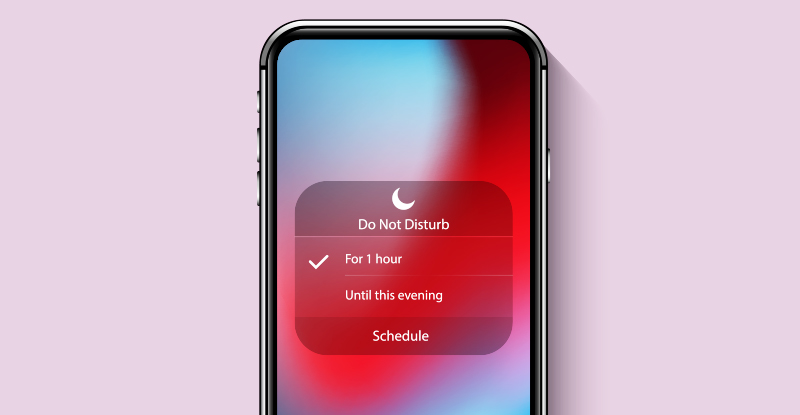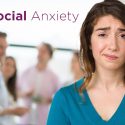How to approach a Digital Detox

When was the last time you took time to unplug and decompress? How about the last time you stepped away from your digital technology to enjoy the “real” world? If you feel like you are constantly connected, you may benefit from a break called the “digital detox”.
We live in a world that is increasingly digitally connected. We have smartphones, smart cars, smartboards, smart watches, smart assistants (like Alexa & Siri)—just about “smart” everything. For many people the idea of a digital detox and spending an entire day disconnected from the digital world is inconceivable.
According to the Pew Research Center, about 96% of Americans own a cellphone of some kind, with 81% being smartphones. However, smartphones are not our only digital source of connection. About 89% of adults report being online using a computer or smartphone once a day, and 31% are online almost constantly.
In the have-it-your-way world, convenience is expected, and we have become dependent on technology for many of our needs.
How to start your digital detox
A digital detox is an intentional, temporary break from the constant need to be connected and online. It can be as little as an hour or as long as days or months. The time one spends in a digital detox is dependent on your own preferences and needs. Here are our tips for getting started on a digital detox.
Understand your starting point
If possible, try to track or monitor your use of digital technology so you have an idea of how much time you spend online and the types of media you use. For some, a detox may be needed because of the time you spend on specific types of digital devices, on games you play every day, certain apps you use a lot, social media accounts, news outlets, and other sites and technology. It’s important to have a baseline of your digital usage so you can make the best decision on how to reduce it.
Make a plan
Planning is an important part of removing digital technology from your daily routine. You may find that you’re very reliant on certain types of technology and need a substitute. For example, if you pay for your morning coffee with your smart phone or use your iPad for conference calls, you need a plan for replacing those services before your detox. A plan will increase your likelihood for success.
Start to unplug
You understand where you need to detox, you have a plan, and now it’s time to apply it to your digital devices. Here are the top tips you should try:
Mark the calendar: Reserve time on your calendar for your digital detox as you would anything else. This can be especially helpful if you’re starting with a few hours here and there. You can also set aside entire days where you choose to be disconnected, like a Saturday or Sunday.
Turn off notifications: Depending on how many types of digital media you use, you may be bombarded with notifications. An easy place to start is to turn notifications off and see if that helps decrease the urge to “check in”. It may also naturally decrease the time you spend using various outlets.
If social media is your thing, set a specific time to check in and remove the notifications that can come through several times a day and lead to distractions.
For smart watch users, try setting it to airplane mode and using it as a “normal” watch during specific times of the day. This should reduce your urge to check in on emails, social media, or news.
Intentionally leave your phone behind: If you are headed out of the house, try to leave it behind and schedule some disconnected time.
Remove email from your phone: Some people receive hundreds of emails a day, and it can be easy to get caught up in the constant ping or buzz from a new message. Dedicate time to spend on email each day and remove it as a moment-to-moment distraction.
Try new things: If you feel like you’re reliant on your phone for almost everything, mix up your routine. Buy a book, go outside for a hike, or reconnect with old friends. You may be surprised how great you feel afterwards.
How you start decreasing your digital time is a personal decision. But once you start you may notice benefits like reduced eye strain, less neck pain, lowered stress, and better connection with friends and family. How will you get started? What benefits do you expect once you start your digital detox?
References:
Pew Research Center (2019). Mobile Fact Sheet. https://www.pewinternet.org/fact-sheet/mobile/
Pew Research Center (2018). About a quarter of U.S. adults say they are “almost constantly” online. https://www.pewresearch.org/fact-tank/2018/03/14/about-a-quarter-of-americans-report-going-online-almost-constantly/
UCLA Newsroom (2016). Digital technology can be harmful to your health? http://newsroom.ucla.edu/stories/digital-technolgy-can-harm-your-health
Vaghefi, I., Turel, O., Xiao, B. S., & Matta, V. (2018). DIGITAL DETOX? Understanding Users’ Abstinence from Social Networking Sites Use.



